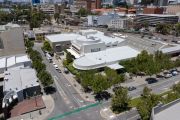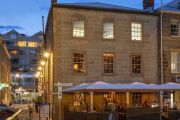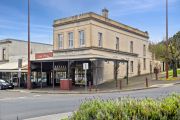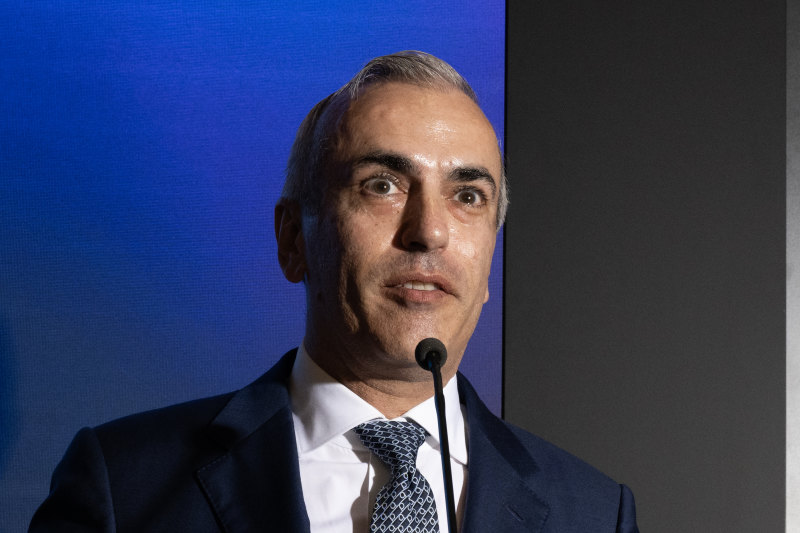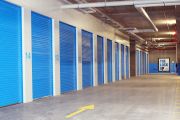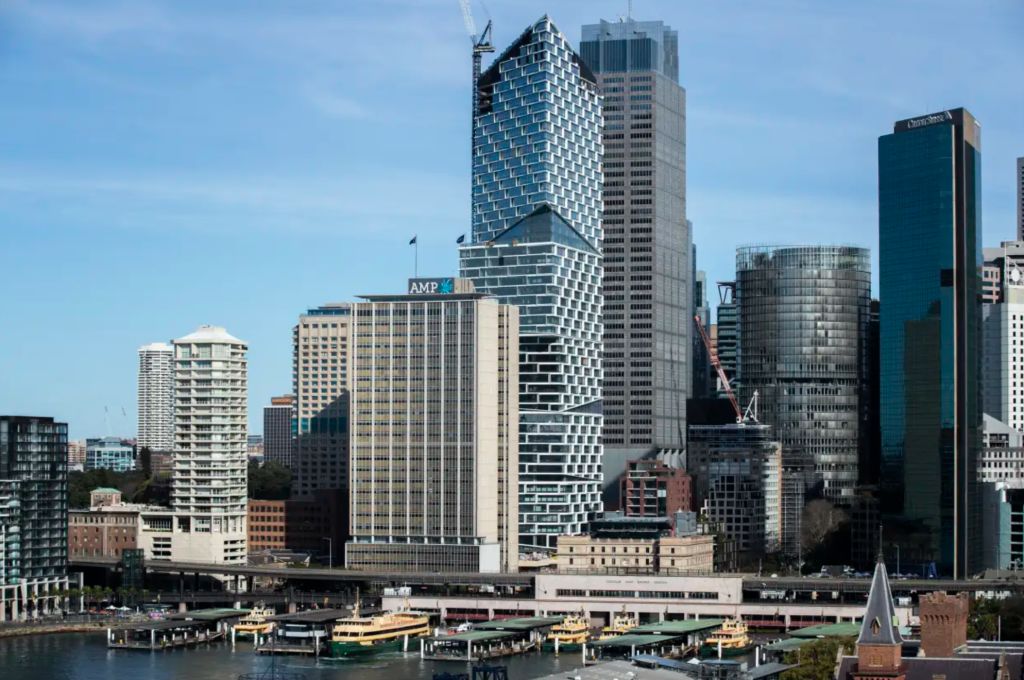
Office vacancies to rise further in Sydney and Melbourne
Already high city office vacancy rates have much further to rise in Australia’s two largest office markets, Sydney and Melbourne, due to the impact of both COVID-19 and new supply, according to Knight Frank.
Chief economist at Knight Frank, Ben Burston, predicts that Melbourne’s CBD office vacancy rate will increase from 10.4 per cent to reach 12.9 per cent by the end of this year while the Sydney vacancy rate, now at 8.9 per cent, will climb to 9.8 per cent.
Mr Burston believes that Sydney will bounce back faster than Melbourne. “If you look at the volume of leasing activity for Sydney so far in 2021 it’s already well ahead of all 2020,” he said.
“There’s a strong mix of activity and a general sense that when we get restrictions lifted it will be quite a quick bounce back.
“Obviously in Melbourne the restrictions have been in place for a longer period and, given that, it will probably take a little bit longer to get that bounce.
“I think the mood in Melbourne is more one of a cautious return while on the supply side they’ve had a lot of development completions last year and this year, which has been a key driver of pushing vacancy higher.
“The perception is that it’s very much about demand but I think the supply is every bit as important if not more important.”
In its latest office market research reports, Knight Frank said the signs are good for a strong rebound in Sydney’s leasing activity, as was the case earlier this year before the city was locked down on June 26.
“Despite the challenges from lockdown, there are still active mandates from tenants needing to make decisions on office space, whether it is upsizing or downsizing requirements, or operating a hybrid workplace model.
“As vaccinations improve and restrictions ease, green shoots will emerge.
“That sense of positivity and desire to get back into the workplace, along with pent-up demand from tenants, will kick-start deal activity as it did earlier in the year, generating optimism in the long-term recovery of Sydney’s office market.”
Completion of new stock in Sydney reached a near five-year high of 105,000sq m in the six months to the end of July, led by Brookfield Place above Wynyard Station, which opened virtually fully let.
There’s a further 180,000 square metres of new prime office buildings including AMP’s Quay Quarter Tower and Circular Quay Tower from Lendlease and partners hitting the market through 2022 plus a further 50,000 square metres in refurbished space.
The new stock is 60 per cent pre-committed, lessening the impact on existing buildings, while no “notable” leasing deals have been struck for the revamped space at buildings such as 570 George Street and 255 George Street.
“Significant backfill space will arise from Deloitte vacating Grosvenor Place (27,800 square metres) moving into Quay Quarter and NAB, now vacated from 255 George Street (23,000 square metres) to Brookfield Place.”
Rental incentives will also lift through the back half of this year – some leasing deals have already been signed at 40 per cent – before slowly pulling back. “Sublease activity and backfill space will still place pressure on effective rents in the near term.”
On the sales side, the Sydney market has been relatively buoyant with $2.3 billion in deals so far this year with prime-purchase yields holding firm between 4.25 per and 4.75 per cent.
In Melbourne, Knight Frank said vacancy rates have now more than trebled since the start of COVID-19 and that CBD sub-leasing activity has almost doubled in the past six months, reaching 120,000sq m, the highest level since 1994.
Meanwhile, overall leasing activity is at historic lows, the report said. “The -96,635sq m of net absorption in the first half of 2021 is the highest level recorded for Melbourne’s CBD and comes off the back of -22,829sq m absorption in the second half of 2020.”
But there is evidence of recovery at the smaller end of Melbourne’s market. The number of sub 500sq m deals in the first half of 2021 had almost surpassed total 2020 levels.
“Anecdotally we can report many large corporates are still weighing up their office decisions, while a marked rise in incentives, greater flexibility in leasing arrangements and a need to downsize has seen smaller businesses commit to new leases.”
Offices volumes had been well down in Melbourne with less than $500 million in assets worth more than $10 million transacting during the six months to June 30 but was boosted in July with the sale by Lendlease of Melbourne Quarter Tower for $1.2 billion.
“This affirms the underlying strength of Melbourne’s CBD office market and ensures sales volumes will bounce back strongly in the second half of the year.”

